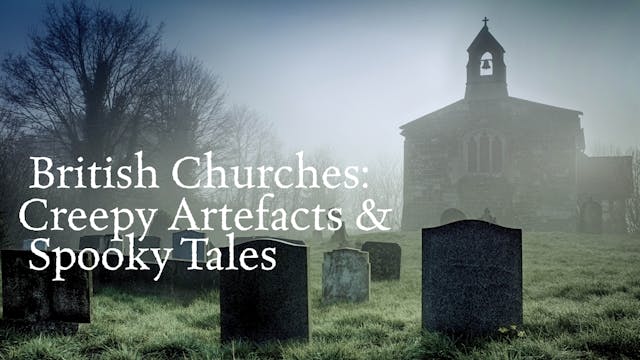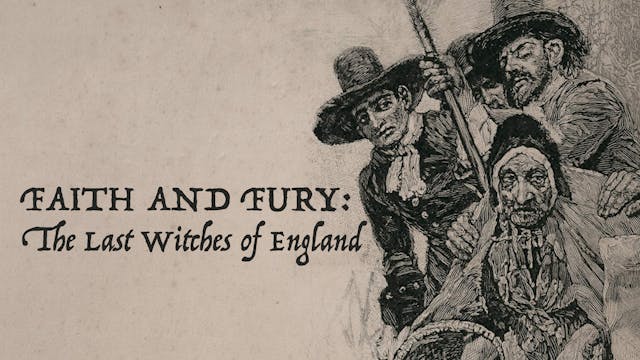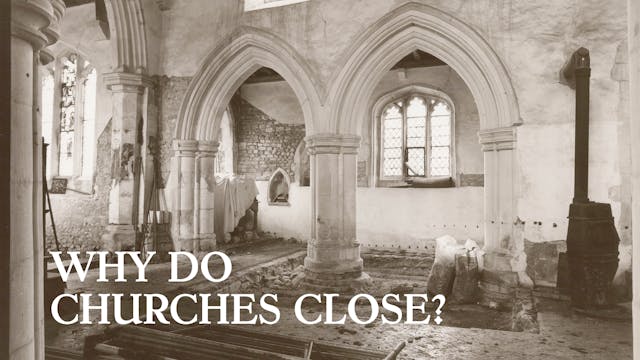What Remains?: The Gory and Gruesome History of the Medieval Cult of Relics
Our Free Lectures
•
1h 11m
In medieval Europe, relics of dead martyrs were the ultimate must-have, venerated by princes and paupers alike. And the associated market for them was big business; a huge industry with an infrastructure to match. Crumbling bone, ravaged human hair, withering chunks of flesh, and the blood-soaked garb of martyrs, apostles and holy family were considered to have the greatest power—with, year upon year, faithful pilgrims flocking to parish churches and cathedrals in droves to visit the most powerful relics, in the hopes of their healing power or a miracle. Even those considered “fakes” could become “real” if they suddenly performed. And so many have a rather gruesome history.
Here, Dr Emma J Wells delves into the black market for holy heirlooms…
Up Next in Our Free Lectures
-
British Churches: Creepy Artefacts an...
This talk will investigates some of the spooky artefacts found in, and ghostly tales centred around, Britain's churches. From the ranks of macabre funeral effigies lurking in Westminster Abbey to the flaming black hellhounds of Suffolk, from human hearts hidden in pillars to sightings of ghostly ...
-
Faith And Fury: The Last Witches of E...
On the morning of Thursday 29 June 1682, a magpie came tapping at the window of a prosperous Devon merchant. Within hours, his household had convinced itself that the bird was an emissary of the devil sent by witches to destroy their lives. As the result of these allegations, three old beggar wom...
-
Why Do Churches Close?: Why Are They ...
This lecture explores various themes and places churches in the contexts of what is evidently an accelerating secularization of British society. Why were churches once so popular and widely used - and why have these things altered so profoundly? Are we able to identify patterns of closure across ...



